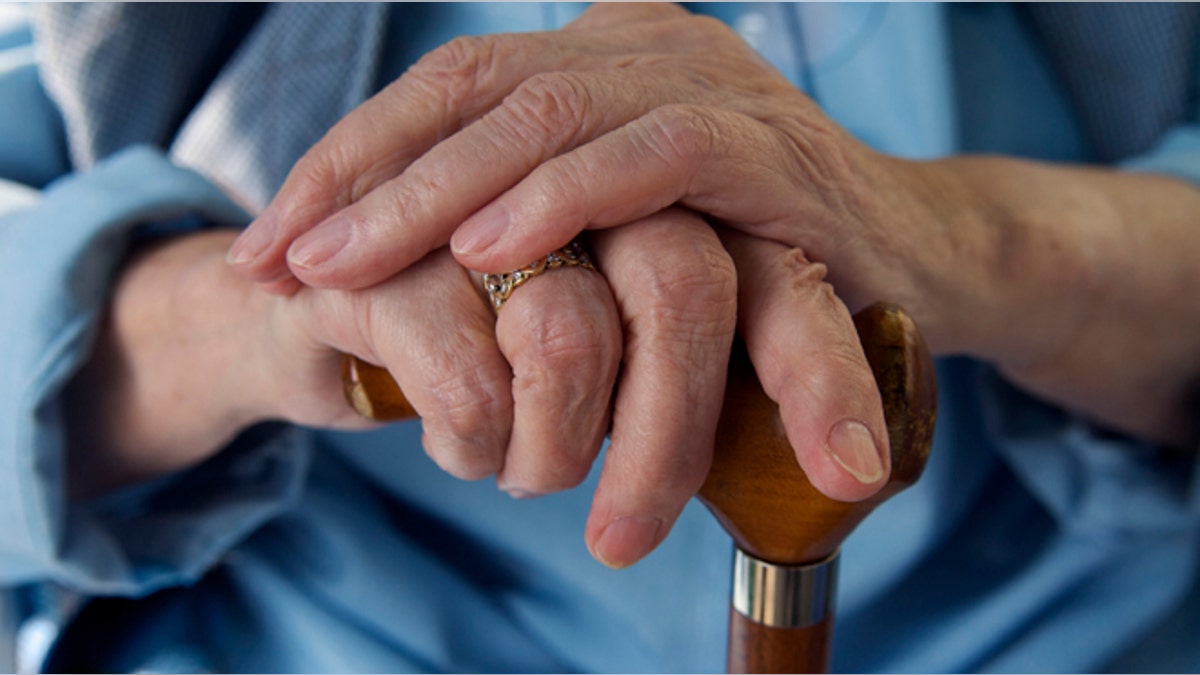
One quarter of older Americans use mobility devices like canes, walkers or wheelchairs, according to a new study, but those who use a cane have a much greater fear of falling.
Cane users did not, in fact, fall more often, but they did report limiting their activities out of fear, suggesting the cane may not offer sufficient support for their needs, researchers say.
“Frequently, the reason for using a mobility device is also a risk factor for falling, for example impaired balance, weakness, or loss of sensation,” said lead author Nancy M. Gell of the University of Vermont department of rehabilitation and movement science in Burlington. “In this study we found, after adjusting for personal and health factors that those who use mobility devices do not appear to be at greater risk of falling,” Gell told Reuters Health by email.
Some past research has linked the use of canes and walkers to a higher risk of falls, although it’s not clear if that reflects a problem with the devices or the underlying condition that affects mobility to begin with. (See Reuters Health article of February 6, 2015, here: reut.rs/1Fg8UwB)
Gell’s team found a higher rate of mobility device use than in past U.S. studies, she noted.
They looked at responses from a nationally representative sample of more than 7,000 U.S. adults over age 65 who were Medicare beneficiaries, and were interviewed in their homes for a National Health and Aging Trends study in 2011.
Participants answered questions about using canes, walkers, wheelchairs or scooters over the previous month and whether or not they had suffered a fall over the previous year. They were also asked if they worried about falling and if that worry limited their activities.
Twenty-four percent of the group reported using one of the devices, and nine percent said they had used more than one of the devices over the previous month, as reported in the Journal of the American Geriatrics Society.
More than 16 percent used canes, the most popular device.
The participants most likely to use one or more of the mobility devices tended to be older, female, nonwhite, with a higher number of health conditions, lower education levels and greater obesity.
After adjusting for health conditions and other factors, the researchers found no increase in falls linked to using any type of device.
The participants who used wheelchairs or scooters were less worried about falls than those who did not use any device. But “activity-limiting worry” about falls was about 30 percent more common among cane users.
“It is possible that some cane users don't feel secure enough with a cane and therefore limit activity due to fear of falling,” Gell said. By design, canes offer a single point of support, compared to a walker with four points of a support, she noted.
“In general, canes are prescribed for people who need less support and/or are more mobile than those who use walkers,” said Dr. Judy Stevens, an epidemiologist at the Centers for Disease Control and Prevention Injury Center in Atlanta, by email.
“However, people may choose to use a cane rather than a walker because it is less noticeable, less costly and easier to transport,” said Stevens, who was not part of the new study.
Many older cane users may be more suited to a walker, but select a cane because it is cheap, easy to learn, and doesn’t make the user look as “old” as a walker might, according to Howe Liu of the University of North Texas Health Science Center in Fort Worth, who also was not involved in the new study.
“Many older adults in senior communities purchased or received their devices from a spouse, family members, friends, or the community/facility in which they live,” Liu said. “When medical professionals step in, they often help select a mobility device based on the device user’s mental status, medical conditions, physical ability, and living environment.”
Canes are appropriate and sufficient for many people, Gell said.
“However, if worry about falling continues despite using a cane for support, it is worth considering a different device in order to be as active as possible,” she said.
